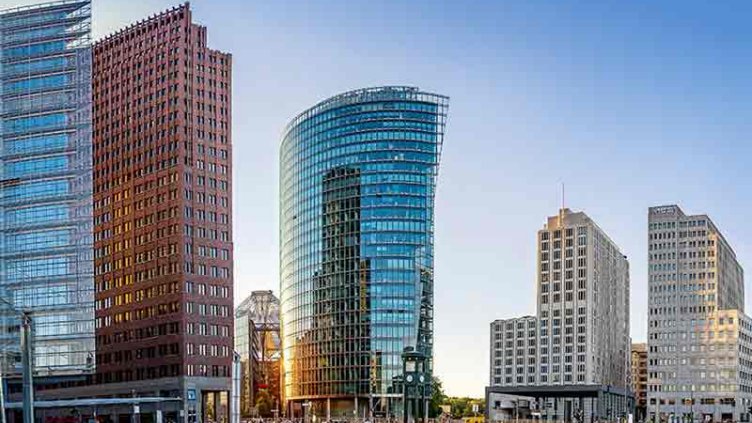Investor
Global Real Estate Perspective, May 2025
JLL's regular view on global real estate dynamics, covering: investment, office, logistics, retail, hotels and living, as well as CRE market trends. It is a unique combination of updates from professionals on the ground and insights from our leading research experts.
Research
May 07







